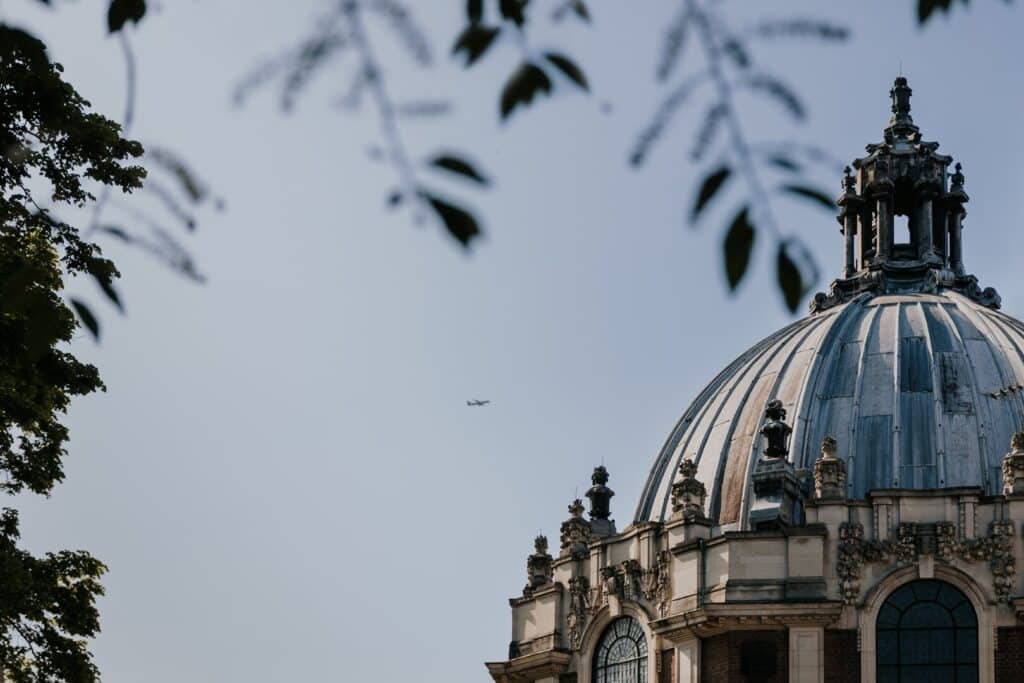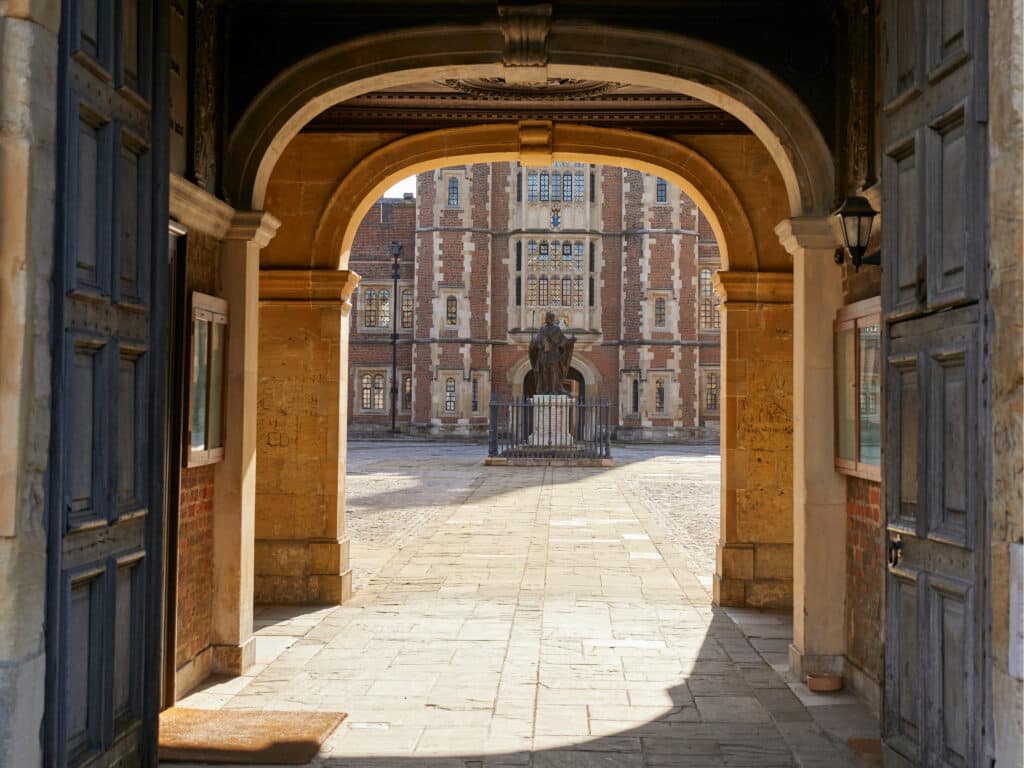Canadian hero
From the Northampton Chronicle and Echo Published on Monday 21 November 2011 07:47
The connection between Northamptonshire and Toronto is that it was a man from this county who founded that great Canadian city.
He was John Graves Simcoe. He was born on February 25, 1752 in Cotterstock, a pretty village on the banks of the River Nene near Oundle. John’s parents had settled in Cotterstock soon after their marriage. It was where his father, a sea captain, was born. His mother came from Aldwinkle, just down the road. His father died of pneumonia while aboard HMS Pembroke off the island of Anticosti, in the Gulf of St Lawrence in Canada. Mrs Simcoe had been extremely happy in Cotterstock but following her husband’s death she, and her depleted family, left and moved to Exeter. When John was 14 he was sent to Eton and at 16 he went to Merton College in Oxford. At 19 he entered the army as an ensign in the 35th Regiment of Foot. He joined his regiment in Boston, Massachusetts and when Boston was evacuated in March 1776, he moved to Halifax, Nova Scotia. He had a distinguished army career that included serious injury, capture, imprisonment, acts of bravery and high commendation.
He came back to England in 1781 and married a wealthy heiress 14 years his junior, who had the amazing name Elizabeth Posthuma Gwilliam. They spent the next few years in Exeter. In 1791 he was elected to parliament as MP for St Maws but it was to be a brief political career, for in the same year he was appointed Lieutenant-Governor of the new province of Upper Canada.
He sailed to Quebec on September 26, accompanied by his wife and two of his 11 children. They stayed in Quebec for one winter and then travelled, first on horseback and then across the lake by schooner, to Newark (now called Niagara-on-the-Lake) the temporary capital of Upper Canada.
John realised that Newark was vulnerable to attack from the Americans and needed a more secure capital, so he founded a new fortified town on the lake shore.
He called it York after Prince Frederick, Duke of York, and formally established it as the new capital on February 1, 1796. It was renamed Toronto in 1834. John was not only a brilliant soldier, he was also instrumental in creating a new Canada. He revolutionised the economic, constitutional, religious and educational development of the colony. He also introduced and organised a legal system built on English Common Law with courts and trial by jury. In 1793 he instigated the abolition of slavery in the colony; by the time he died there were no slaves in Upper Canada and he organised a self-governing militia among native Indians. He planned major roads for military and economic reasons and his most famous achievement, as far as pub-quiz fans are concerned, was Yonge Street, the longest street in the world measuring 1,178 miles (1,896 km). Simcoe named it after his good friend and colleague, Sir George Yonge, the province’s first colonial administrator. It runs from the shore of Lake Ontario up to the shore of Lake Simcoe.



